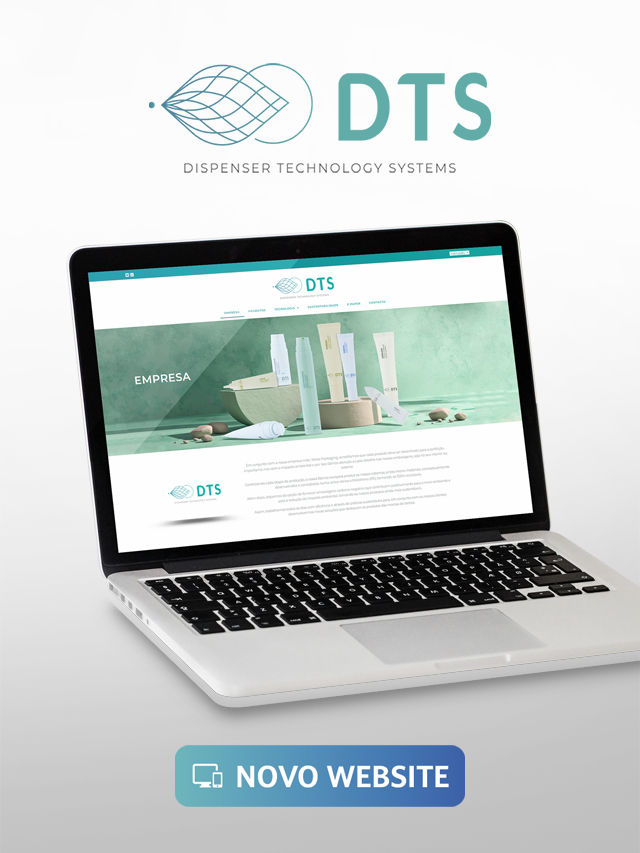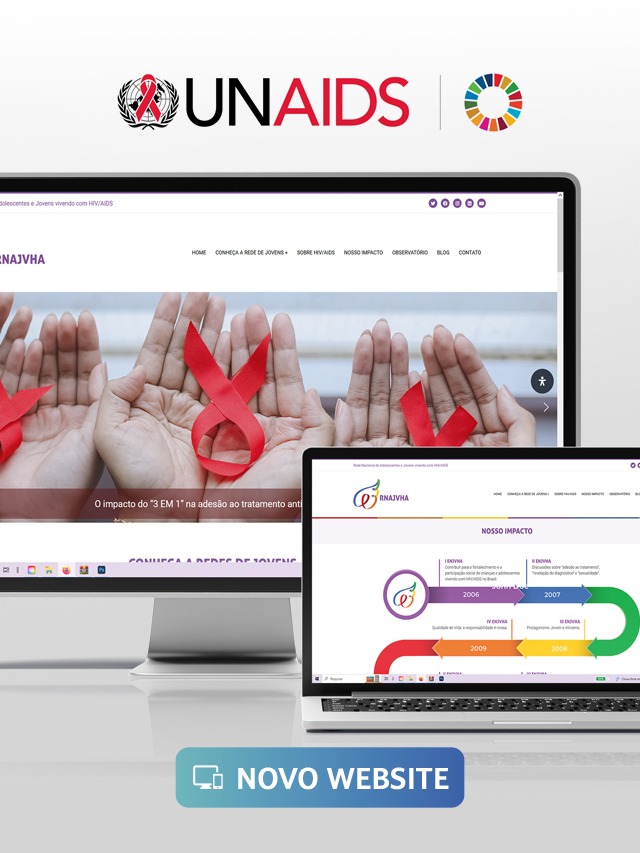As you may be aware, Customer Success, or “customer success”, in English, is a crucial concept to ensure customer satisfaction with the results achieved through your company. It is necessary to establish direct contact points to assess this satisfaction.
Customer success is measured by the perception he has in relation to what he is receiving. Therefore, it is critical to align expectations between the client's team and your company's team. In addition, it is necessary to provide adequate follow-up and training for the client to achieve the desired success.
When approaching customer success, it is important to keep in mind that all actions must be planned and executed with the objective of generating satisfactory results in the strategy. The customer must be at the center of all team activities.
To better understand the function of this department, we can say that it is an evolution of the old post-sales sector or Customer Service (SAC).
The main objectives of this department include generating new customers through referrals from satisfied customers, customer retention and upsells. However, to achieve these goals, it is essential to understand the needs and expectations of each company.
Customer satisfaction occurs when all points of interaction he has with the company are satisfactory. To ensure this, there must be alignment between all those involved in the execution of the client's project, as its success is the responsibility of the entire team.
Customer success managers, known as customer success managers, are responsible for ensuring that everyone is committed to generating results for customers. In addition, they act as the voice of customers within the company.
In this way, customer success managers maintain direct contact with customers and with other departments involved in the planning and execution of strategies. Below you will find information on how this work is carried out.
How does the customer success industry work?
The customer success manager's first contact with the customer occurs during the onboarding process, known as onboarding. At that moment, the customer is guided on how to use the service or product offered by your company. Delivery planning and execution deadlines are presented.
Remember when we mentioned the importance of alignment between sectors? Here, it becomes evident how crucial it is for the sales team and the Customer Success sector to be aligned.
Based on the information provided by the salesperson, the customer success manager makes this first contact. Demonstrating prior knowledge about the customer is important to make a good impression, and we know how much this affects your company's image.
During this first contact, the company's first values are delivered. It is at this moment that the customer begins to be sure that he made the right choice and starts to trust and believe in the results promised during the sale.
After this stage, customer success managers collect feedback and impressions about the delivered products or services. This is important to understand customer preferences, correct possible errors that may have occurred, and ensure strategy progress.
To measure customer success, it is necessary to have metrics and tools to track performance. Some of the most common indicators used for this purpose are churn rate, upsell, cross-sell and Net Promoter Score (NPS).
See the meaning of each of them:
- Service cancellation rate (churn rate): indicates the number of customers who canceled the service in a given period;
- Upsell: refers to the increase in the plan contracted by the customer;
- Cross-sell: involves selling new products that meet other customer needs;
- Net Promoter Score (NPS): is used to assess the level of satisfaction and the likelihood of recommending your company, through an evaluation on a scale of 0 to 10.
Benefits of Implementing Customer Success
Concern for customer success is important because it ensures their loyalty to your company. This makes him remain an active customer and, even more, become a defender of your brand, recommending your work.
The process of acquiring a new customer is five times more expensive than retaining existing ones. Therefore, it is much more advantageous to increase the lifetime of your customers and reduce churn.
With this, your company tends to retain existing customers and win new consumers. In addition, excellence in the work carried out by your company contributes to it gaining authority and being recognized in the market.
Customer Success = Corporate Culture
As mentioned earlier, customer success goes beyond a specific department or role. While it is important to have a department and professionals responsible for measuring customer satisfaction, they should check and adjust what is already being done by other professionals from different sectors.
This means that customer success is part of the whole and depends on the company's mindset and reason for being. For this to be effectively experienced, it must be part of the company's culture.
All sectors must work with this objective in mind. Sales and marketing teams, for example, must be focused on customer success even before they become an actual customer. It is essential that they have the same speech and convey clear, direct and aligned communication.
However, to have a team focused on the client, these professionals must be aligned with the company's culture. Therefore, it is important that the talent recruitment process already has the objective of hiring people who are fully aligned with this culture.
Keeping your company culture focused on customer development and success not only ensures customer success, but your company's success as well. Now that this is clear, how about starting by aligning your company's mindset?






























